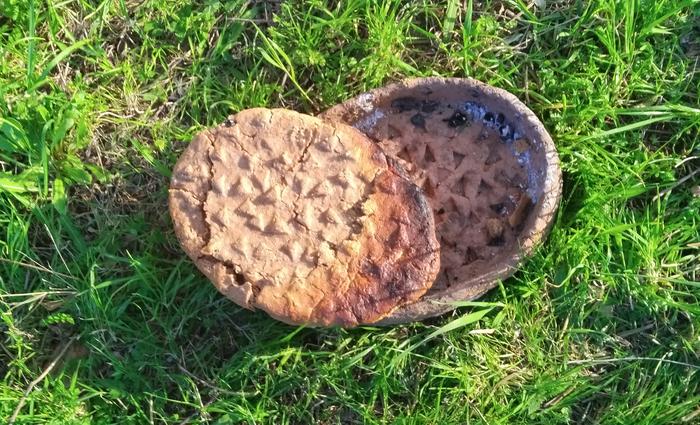Spanish and Italian researchers discover that focaccia has 9,000 years of history
The quintessential focaccia, effortless focaccia, homemade focaccia, topped with various ingredients such as vegetables, cheese, and meats... You'll find a multitude of recipes to make this renowned Italian bread in books, magazines, and the internet too. Not many people are aware that when first crafting this flat bread, typically adorned with herbs, it was actually 9,000 years ago in the Middle East that it was first cooked.
Research conducted by academics at the Autonomous University of Barcelona and La Sapienza University in Rome suggests that people in agricultural communities in the Fertile Crescent region developed a sophisticated approach to cooking during the Late Neolithic period, approximately 7,000 to 5,000 BC. This involved baking various-sized loaves of bread and flatbreads of distinct flavours in elaborate containers known as 'hulled trays'.
Crafts with a substantial elliptical base
Archaeologists describe these cookware plates as having a wide, egg-shaped base and short sides, and were typically crafted using a type of coarse clay. These primitive cooking pots were distinct from ordinary vessels in the arrangement of their inner surfaces, often featuring random scratch marks or intentionally carved patterns.
Researchers had conducted earlier experiments with replica containers resembling those found in Neolithic archaeological sites to gain insights into their purpose. Their findings implied that substantial breads could be cooked in these trays, which were likely placed in domed furnaces at an initial temperature of around 420°C for a couple of hours.

The grooves on the insides of the trays would have allowed the bread to be easily removed once it had been baked. Additionally, the size of the loaves, roughly three kilograms each, suggests that they were intended for use among a crowd.
A team of specialists examined fragments of broken pots dating between 6,400 and 5,900 BC to determine if they were used as especially designed containers for cooking porridge made from grains. The doughs used in these pots might have been flavoured with ingredients such as animal fat or vegetable oil.
Investigations were carried out at archaeological sites situated in the area between Syria and Turkey, Mezraa Teleilat, and Akarçay Tepe and Tell Sabi Abyad. “Our research provides a detailed image of the communities that grew crops such as cereal, used it to make a variety of flatbreads and focaccias, and shared these baked goods amongst themselves,” says Sergio Taranto, the lead author of the study.
Research undertaken at the universities of Istanbul and Koç in Turkey looked into containers, and its findings included new insights into how these containers were utilised, as well as the foods they were used to process.

Various items were processed on these trays, and after processing, were converted to flour. Examination of the organic waste indicated that certain trays had been used to cook food containing animal-derived ingredients like animal fat, and in one instance, plant-based seasoning was also detected.
The state of decomposition of the waste implies that in at least two instances, the trays got to temperatures consistent with those confirmed by experiments involving baking dough in domed ovens. The changes in the use of the ceramic surface enabled the recognition of wear caused by bread residues and other changes linked to residues from seasoned focaccia.
The use of hulling trays suggests that this ancient cooking technique, which originated around 6,000 years ago, blossomed over six centuries across a broad region of the Near East," concludes Taranto. "And from these arid areas, it then spread to become globally recognised.
Post a Comment for "Spanish and Italian researchers discover that focaccia has 9,000 years of history"